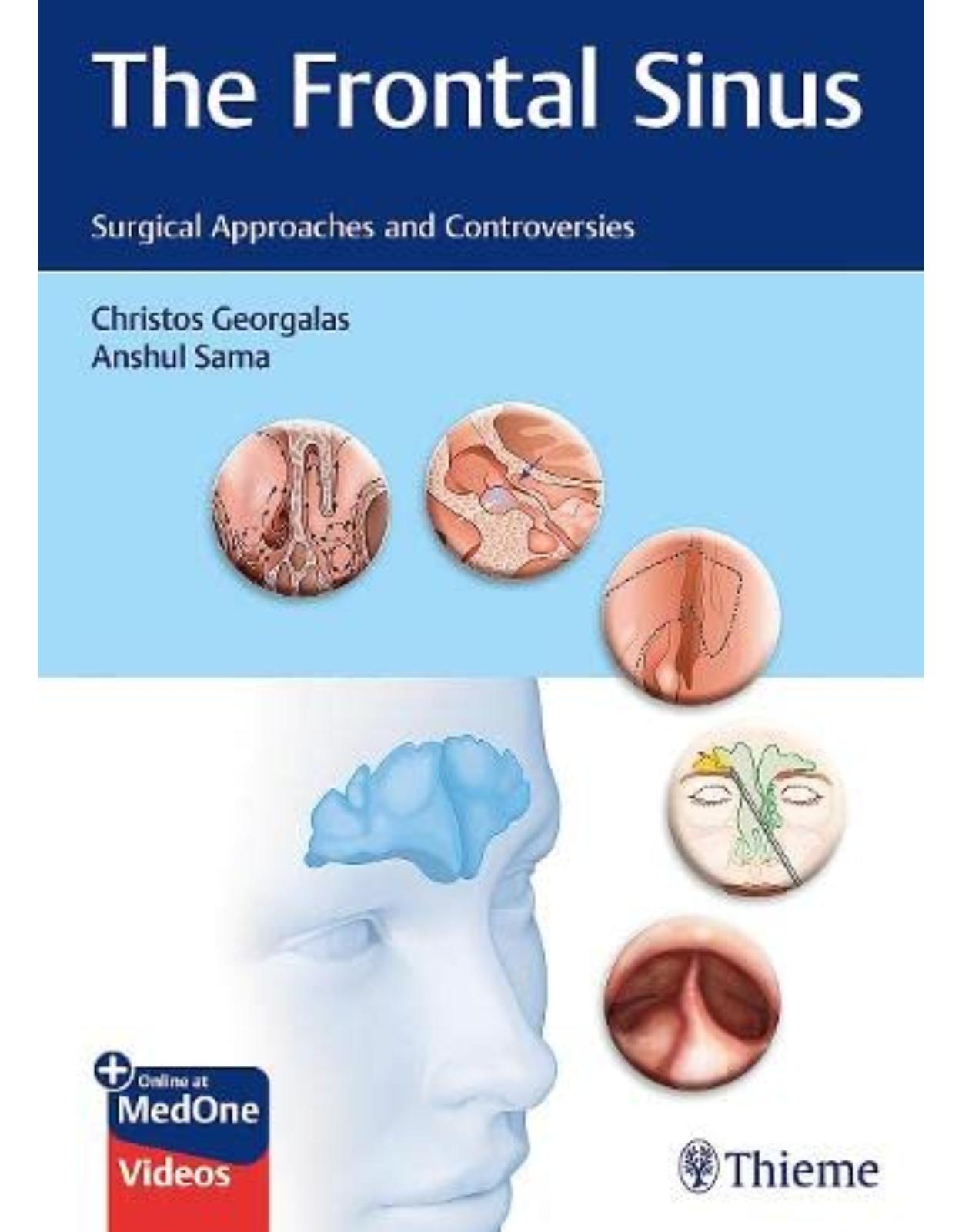
The Frontal Sinus
Livrare gratis la comenzi peste 500 RON. Pentru celelalte comenzi livrarea este 20 RON.
Disponibilitate: La comanda in aproximativ 4 saptamani
Editura: Thieme
Limba: Engleza
Nr. pagini: 414
Coperta: Hardcover
Dimensiuni: 20 x 3.1 x 27.4 cm
An aparitie: 2022
Description:
"This book will be a valuable resource for novice surgeons approaching one of the most challenging anatomical subsites, since it provides a stepwise approach to understanding the anatomical background, the radiological aspects, and the broad spectrum of different surgical approaches to the frontal sinuses.The authors are to be congratulated for this masterpiece, which will become the gold standard for experts and beginners." —Paolo Castelnuovo
Edited by renowned rhinologists and skull base surgeons Christos Georgalas and Anshul Sama, this complete guide to frontal sinus surgery covers surgical anatomy and radiology, frontal-specific pathology, surgical techniques, technical advancements, and controversies. It focuses on those starting surgical practice and it is also of interest to well-established surgeons.
This book brings together some of the leading surgeons across the globe to provide varied and complementary perspectives. The content is organized in five sections: surgical anatomy, specific conditions of the frontal sinus, open surgical approaches, endoscopic surgical approaches, and controversies.
Key Features
More than 600 full-color images and diagrams illustrating surgical concepts and demonstrating detailed techniques
Stepwise descriptions of surgical techniques with a "tips and tricks" section in each chapter drawn from the authors' experience
Clinical case presentations in each chapter illustrating key concepts and techniques
A truly global and balanced perpective with world-leading authors from all continents
Controversial topics analyzed from evidence-based medicine (EBM) perspective
This is a must-have resource for otolaryngology–head and neck surgery residents, fellows, and specialists that may also benefit neurosurgeons, maxillofacial surgeons, plastic surgeons, and other clinicians who deal with this challenging and complex area.
Table of Contents:
Videos
Section I Anatomy of the Frontal Sinus and Frontal Recess
1 Developmental Bases of the Anatomy of the Frontal Sinus
1.1 Introduction
1.2 Frontal Sinuses and Ethmoid Lateral Masses have Different Evolutionary and Developmental Origins
1.2.1 The Ethmoid Develops from the Olfactory Cartilaginous Capsule
1.2.2 The Frontal Sinuses Pneumatize after Erythropoietic Bone Marrow Conversion into Fatty Marrow
1.3 The Nitric Oxide “Story” of the Paranasal Sinuses Makes them Play a Role in Blood Oxygenation on Demand
1.4 Pneumosinus Dilatans and Arrested Pneumatization Could Bear Witness to Sinus Development
1.4.1 Pneumosinus Dilatans
1.4.2 Arrested Pneumatization
1.5 Conclusion
2 Radiological Anatomy
2.1 Introduction
2.2 Lamina Papyracea
2.3 Uncinate Process
2.4 Floor of Olfactory Recess
2.5 Agger Nasi Air Cell
2.6 Accessory Air Cells
2.7 Anterior Ethmoidal Artery
2.8 Bulla Ethmoidalis
2.9 Middle Turbinate
2.10 Conclusion
3 Applied Surgical Anatomy
3.1 General Considerations
3.2 Applied Anatomy for Endonasal Approaches
3.3 Applied Anatomy for External Approaches
3.3.1 Coronal Approach
3.3.2 Transpalpebral Approach
3.4 Blood Supply
3.5 Innervation
3.6 Anatomical Variations and Surgical Considerations
3.7 Conclusions
Section II Endoscopic Surgical Approaches to Frontal Sinus Disease
4 Draf Frontal Sinusotomy I and IIa
4.1 Indications
4.2 Surgical Steps
4.3 Tips and Tricks
4.4 Case Examples
4.5 Complications Management
4.6 Conclusion
5 Draf Frontal Sinusotomy IIb
5.1 Indications
5.2 Anatomy
5.3 Surgical Steps
5.3.1 Lateral Approach
5.3.2 Median Approach
5.4 Tips and Tricks
5.5 Complications
6 Extended Draf IIb and Other Modifications of the Lothrop Procedure
6.1 Introduction
6.2 Indications
6.3 Surgical Steps
6.3.1 Overview of Standard Draf IIb
6.4 Modifications of the Standard Draf IIb Procedure
6.4.1 Modified Hemi-Lothrop Procedure (Eloy IIC)
6.4.2 Modified Mini-Lothrop Procedure (Eloy IID)
6.4.3 Modified Subtotal-Lothrop Procedure (Eloy IIE)
6.4.4 Modified Central-Lothrop Procedure (Eloy IIF)
6.5 Tips and Tricks
6.6 Case Examples
6.6.1 Example 1
6.6.2 Example 2
6.6.3 Example 3
6.7 Complications
6.7.1 Recurrence and Chronic Scarring
6.7.2 Cerebrospinal Fluid Leak
6.7.3 Orbital Injury
6.7.4 Anterior Ethmoid Artery Injury
7 The Frontal Sinus Rescue Procedure
7.1 Indications
7.2 Surgical Steps
7.2.1 Step 1
7.2.2 Step 2
7.2.3 Step 3
7.2.4 Step 4
7.3 Reverse Frontal Rescue Procedure
7.4 Complications
7.5 Tips and Tricks
7.6 Conclusion
8 Draf III (Endoscopic Modified Lothrop)— Inside-Out and Outside-In Approaches
8.1 Indications
8.1.1 Relative Contraindications
8.2 Surgical Steps
8.3 Lateral-to-Medial/Inside-Out Technique ▶ [168]
8.4 Outside-In/Medial-to-Lateral Technique
8.5 Tips and Tricks
8.6 Case Examples
8.6.1 A Case of Allergic Fungal Rhinosinusitis with Fronto-orbital Mucocele
8.6.2 A Case of Chronic Frontal Sinusitis with a High Posterior Frontal (Type 3) Cell
8.6.3 A Case of Chronic Frontal Sinusitis—Riedel’s Procedure Reversal
8.7 Postoperative Management
8.8 Complications and their Management
8.8.1 Skull Base Injury and Cerebrospinal Fluid Leak
8.8.2 Hemorrhage
8.8.3 Orbital Injury
8.8.4 Skin Injury
8.8.5 Stenosis of the Frontal Sinus Neo-ostium
9 Transseptal Approach
9.1 Background and CT Review
9.2 Indications and Contraindications
9.3 Advantages
9.4 Disadvantages
9.5 Surgical Steps
9.6 Tips and Tricks
9.6.1 Case Example
9.7 Complications
10 Endoscopic Endonasal Orbital Transposition for Lateral Frontal Sinus Lesions
10.1 Indications
10.2 Surgical Steps
10.3 Tips and Tricks
10.4 Case Example
10.5 Complications
11 The Role of Frontal Sinus in Anterior Skull Base Surgery and the Transcribriform Approach
11.1 Indications
11.2 Surgical Steps
11.3 Tips and Tricks
11.4 Complications
12 Extended Endonasal Anterior Skull Base Approaches
12.1 Indications
12.2 Surgical Steps
12.2.1 Principles
12.2.2 Operative Setup
12.2.3 Surgical Technique
12.2.4 Reconstruction
12.2.5 Postoperative Considerations
12.3 Tips and Tricks
12.4 Case Examples
12.4.1 Esthesioneuroblastoma (Rranscribriform Approach)
12.4.2 Tuberculum Sellae Meningioma: Endoscopic Transtuberculum/Transplanum Approach
12.5 Complications and Management
12.5.1 Vascular Complications
12.5.2 Cranial Nerve Injury
12.5.3 Cerebrospinal Fluid Fistulas
12.5.4 Postoperative Infection
12.5.5 Other Complications
13 Revision Endoscopic Frontal Sinus Surgery
13.1 Introduction
13.2 Indications
13.2.1 Ongoing Mucosal Disease
13.2.2 Incomplete Dissection
13.2.3 Lateralization of the Middle Turbinate
13.2.4 Scarring and Synechiae
13.2.5 Neo-Osteogenesis
13.3 Patient Selection
13.4 Preoperative Planning
13.4.1 Analyzing the Computed Tomography Imaging
13.4.2 Computer-Assisted Navigation during Surgery
13.4.3 Endoscopes and Equipment
13.5 Choice of Procedure
13.6 Surgical Steps
13.6.1 The Axillary Flap Technique
13.6.2 Frontal Sinus Mini-Trephine
13.7 Specific Scenarios
13.7.1 Retained Cells in the Frontal Recess or Extending into the Frontal Sinus (Draf I or International Classification of Extent of Endoscopic Frontal Sinus Surgery Grades 1–3)
13.7.2 A Narrow Frontal Ostium and/ or Extensive Supra Agger/Bulla Frontal Cells, or Ongoing Significant Burden of Disease (CRSwNP, Aspirin- Sensitive Asthma, Allergic Fungal Disease [Draf III/EFSS 6])
13.8 Tips and Tricks
13.9 Case Example
13.10 Complications: Management
13.10.1 Scarring and Restenosis
13.10.2 Anterior Ethmoid Artery
13.10.3 Orbital Injury
13.10.4 Cerebrospinal Fluid Leak
14 Complications of Frontal Sinus Surgery
14.1 Introduction
14.2 Epidemiology and Etiology
14.3 Specific Complications of Endoscopic Approaches to the Frontal Sinus
14.3.1 Failure to Accomplish the Specific Aim of the Procedure
14.3.2 Pain
14.3.3 Bleeding
14.3.4 Infection
14.3.5 Scar/Stenosis
14.3.6 Mucocele Formation
14.3.7 Anterior Skull Base Injury/Cerebrospinal Fluid Leak
14.3.8 Orbital Injury
14.4 Prevention of Complications
14.4.1 Preoperative Planning
14.4.2 Perioperative Technique
14.4.3 Postoperative Care
15 Delivery of Topical Therapy to the Frontal Sinus
15.1 Introduction
15.2 Basic Science Research on Topical Distribution to the Sinuses
15.3 Clinical Research on Topical Distribution to the Sinuses
15.3.1 Tips and Tricks
15.4 Conclusion
16 Postoperative Management: Dressings and Toilet
16.1 Natural History of Sinus Ostia after Surgery
16.2 Intranasal Packing
16.2.1 Nonabsorbable Packs
16.2.2 Absorbable Packings
16.3 To Pack or Not to Pack
16.4 Inert Stents
16.5 Drug-Eluting Stents
16.6 Postoperative Care
16.6.1 Saline Irrigations
16.6.2 Endoscopic Debridement
16.6.3 Topical Treatments
16.7 Conclusion
17 Office-Based Frontal Sinus Procedures
17.1 Indications
17.1.1 Anatomic Considerations
17.1.2 Patient Selection
17.1.3 Frontal Sinusitis
17.1.4 Frontal Mucoceles
17.1.5 Nasal Polyps
17.2 Surgical Steps/Anesthesia
17.3 Postoperative Management and Procedures
17.3.1 Nasal Irrigations and Topical Therapies
17.4 Tips and Tricks
17.4.1 Case Examples
17.5 Controversies
17.5.1 Balloon Catheter Dilation
17.6 Emerging Technologies
17.7 Conclusion
Section III Open Surgical Approaches to Frontal Sinus Disease
18 Mini- and Maxi-Trephines
18.1 Indications
18.2 Surgical Steps
18.3 Tips and Tricks
18.4 Case Example
18.5 Complications
19 Osteoplastic Flap Approach with and without Obliteration
19.1 Indications
19.2 Surgical Steps
19.2.1 Osteoplastic Flap without Obliteration
19.2.2 Osteoplastic Flap with Obliteration
19.3 Tips and Tricks
19.4 Complications: Management
19.5 Conclusion
20 Riedel’s Procedure and Cranialization of the Frontal Sinus
20.1 Riedel’s Procedure
20.1.1 Historic Perspective
20.1.2 Indications
20.1.3 Technique
20.2 Cranialization of the Frontal Sinus
20.2.1 Historic Perspective
20.2.2 Indications
20.2.3 Technique
Section IV Management of Specific Frontal Sinus Conditions
21 Frontal Sinus Barosinusitis
21.1 Epidemiology and Etiology
21.2 Clinical Presentation and Investigations
21.3 Management
21.4 Case Example (Courtesy of Christos Georgalas)
22 Frontal Sinus in Patients with Cystic Fibrosis
22.1 Epidemiology and Etiology
22.2 Clinical Presentation and Investigations
22.2.1 Radiographic Abnormalities in Cystic Fibrosis and the Frontal Sinus
22.3 Management
22.3.1 Medical Therapy
22.3.2 Nasal Saline Irrigations
22.3.3 Corticosteroids
22.3.4 Topical Antibiotics
22.3.5 Oral Antibiotics
22.3.6 Dornase Alfa
22.3.7 Cystic Fibrosis Transmembrane Conductance Regulator modulators
22.3.8 Surgical Therapy
22.3.9 Endoscopic Approaches
22.4 Complications: Management
23 Pneumosinus Dilatans
23.1 Introduction
23.2 Epidemiology and Etiology
23.3 Clinical Presentation and Investigations
23.4 Diagnosis
23.5 Management
23.6 Complications
23.7 Conclusion
24 Frontal Sinusitis in Chronic Rhinosinusitis without Nasal Polyposis
24.1 Introduction
24.2 Epidemiology
24.3 Pathophysiology
24.3.1 Anatomic Factors
24.3.2 Physiological Factors
24.4 Management
24.4.1 Medical Management
24.4.2 Surgical Management
24.5 Conclusion
25 Frontal Sinus Surgery in CRSwNP, AFRS, and ASA Triad
25.1 Epidemiology and Etiology
25.1.1 Chronic Rhinosinusitis with Nasal Polyps
25.1.2 Aspirin-Exacerbated Respiratory Disease
25.1.3 Allergic Fungal Sinusitis
25.2 Clinical Presentation and Investigations
25.2.1 Chronic Rhinosinusitis with Nasal Polyps
25.2.2 Aspirin-Exacerbated Respiratory Disease
25.2.3 Allergic Fungal Sinusitis
25.3 Management Overview
25.3.1 Chronic Rhinosinusitis with Nasal Polyps
25.3.2 Aspirin-Exacerbated Respiratory Disease
25.3.3 Allergic Fungal Sinusitis
25.4 Extent of Surgery and Outcomes
25.4.1 Goals of Surgery
25.4.2 Effect of Extent of Surgery on Outcomes for Maxillary and Ethmoid Sinuses
25.4.3 Effect of Extent of Surgery on Outcomes for the Frontal Sinus
25.5 Case Examples
25.5.1 Samter’s Triad Successfully Managed with Draf IIa
25.5.2 Samter’s Triad Only Controlled after Draf III
25.5.3 Nasal Polyp Recurrence in Frontal Ostium Managed in the Office
25.5.4 Allergic Fungal Sinusitis Presenting with Proptosis
25.6 Complications
26 Frontal Sinus Mucoceles
26.1 Terminology
26.2 Epidemiology
26.3 Pathology
26.4 Clinical Presentation
26.5 Investigations
26.6 Classification
26.7 Management
26.8 Outcomes
26.9 Conclusion
27 Frontoethmoidal Osteomas
27.1 Epidemiology and Etiology
27.2 Histology.
27.3 Clinical Presentation and Investigations
27.4 Management
27.5 Approaches for Frontoethmoidal Osteomas
27.5.1 External Approaches
27.5.2 Endoscopic Approaches
27.6 Summary
27.7 Case Examples
27.7.1 Case 1
27.7.2 Case 2
27.7.3 Case 3
27.7.4 Case 4
28 Frontal Inverted Papilloma
28.1 Epidemiology and Etiology
28.2 Clinical Presentation and Investigations
28.3 Management
28.4 Case Examples
28.4.1 Case 1
28.4.2 Case 2
28.4.3 Case 3
28.5 Complications: Management
29 The Frontal Sinus: Fibro-Osseous Lesions
29.1 Fibrous Dysplasia
29.1.1 Epidemiology and Etiology
29.1.2 Clinical Presentation and Investigations
29.1.3 Management
29.2 Ossifying Fibroma
29.2.1 Epidemiology and Etiology
29.2.2 Clinical Presentation and Investigations
29.2.3 Management
29.2.4 Surgical Steps
29.2.5 Consent
29.3 Summary
30 Malignant Disease Involving the Frontal Sinus
30.1 Epidemiology and Etiology
30.2 Clinical Presentation and Investigation
30.3 Staging
30.4 Management
30.5 Case Example
30.6 Complications: Management
30.7 Tips and Tricks
31 Acute Frontal Osteomyelitis: Intracranial and Orbital Complications
31.1 Epidemiology and Etiology
31.1.1 Epidemiology
31.1.2 Etiology
31.2 Clinical Presentation and Investigations
31.2.1 Orbital Complications
31.2.2 Intracranial Complications
31.2.3 Osseous Complications
31.2.4 Investigations
31.3 Management
31.3.1 Frontal Sinus Drainage Techniques
31.3.2 Management of Orbital Complications
31.3.3 Management of Intracranial Complications
31.3.4 Management of Osseous Complications
31.4 Case Examples
31.4.1 Case 1: Subperiosteal Abscess (Contrast-Enhanced CT)
31.4.2 Case 2: Orbital Abscess (Magnetic Resonance Imaging
31.4.3 Case 3: Cerebral Abscess (Magnetic Resonance Imaging)
31.4.4 Case 4: Epidural Abscess (Contrast-Enhanced CT)
31.4.5 Case 5: Subdural Abscess (Contrast-Enhanced CT)
31.4.6 Case 6: Pott’s Puffy Tumor
32 Fungal Frontal Sinusitis: Allergic and Nonallergic
32.1 Introduction
32.2 Epidemiology and Etiology
32.2.1 Invasive
32.2.2 Noninvasive
32.3 Clinical Presentation and Investigations
32.3.1 Invasive
32.3.2 Noninvasive
32.3.3 Special Considerations in Frontal Sinus Fungal Disease
32.4 Management
32.4.1 Medical Management
32.4.2 Surgical and Postoperative Management in the Frontal Sinus
32.4.3 Complications: Management
32.5 Conclusion
33 Frontal Sinus Trauma and Its Management
33.1 Epidemiology and Etiology
33.1.1 Anatomy
33.1.2 Trauma Mechanism
33.2 Clinical Presentation and Investigations
33.2.1 Initial Examination of the Patient
33.2.2 Imaging and Paraclinical Investigations
33.3 Management
33.3.1 Surgical Techniques
33.3.2 Surgical Decision-Making
33.4 Case Example
33.5 Complications: Management
34 Cerebrospinal Fluid Leak in the Frontal Sinus: Endoscopic Management
34.1 Epidemiology and Etiology
34.1.1 Etiologies
34.2 Clinical Presentation and Investigations
34.3 Management
34.3.1 Surgical Management
34.3.2 Endoscopic versus Open Repair
34.3.3 Postprocedural Care
34.3.4 Postprocedural Adjuvants
34.3.5 Outcomes
34.4 Case Examples
34.5 Complications: Management
34.6 Conclusion
Section V Controversial Topics in Current Practice
35 The Use of Flaps in Frontal Sinus Surgery
35.1 Published Evidence
35.1.1 Background
35.1.2 Rationale for Flaps
35.1.3 Literature Review and Surgical Techniques
35.2 Controversies and Opinions
35.2.1 Promising Outcome for Flaps
35.2.2 Recommendation for Future Studies
35.2.3 Flaps Feasibility
35.2.4 Illustrative Cases
35.3 Surgical Tips
35.4 Unanswered Questions
36 Osteitis and the Frontal Sinus
36.1 Introduction
36.2 Epidemiology and Etiology
36.2.1 Definitions
36.2.2 Histology: Pathophysiology
36.2.3 Allergy
36.2.4 Bacteriology
36.2.5 Biofilms
36.2.6 Incidence
36.3 Clinical Presentation and Investigations
36.3.1 Radiological Features
36.3.2 Clinical Implications
36.3.3 Prognostic Factor
36.4 Management
36.5 Case Example
36.6 Summary
36.7 Key Points
37 Extreme Lateral Lesions: What Is the Limit of Endoscopic Surgery?
37.1 Published Evidence
37.1.1 Traditional External Approaches for Far Lateral Lesions
37.1.2 Endonasal Endoscopic Surgery and Evolution of Lateral Disease Management
37.1.3 Evolution of Far Lateral Frontal Sinus Surgery: Exploring Limits of ESS
37.2 Controversies and Opinions
37.3 Unanswered Questions
38 Use of Image Guidance Technology: Mandatory or Not
38.1 Introduction
38.1.1 Indications
38.1.2 Applications
38.2 Published Evidence
38.2.1 Complications
38.2.2 Revision Rate
38.2.3 Clinical and Quality-of-Life Outcomes
38.2.4 Medicolegal Concerns
38.2.5 Cost
38.3 Controversies and Opinions
38.3.1 Indications
38.3.2 Surgical Train
38.3.3 Future Use
38.4 Unanswered Questions
39 Balloon Technology in the Frontal Sinus: Useful or Gimmick
39.1 Published Evidence
39.1.1 Level 1 Evidence
39.1.2 Nonrandomized Studies
39.2 Controversies and Opinions
39.2.1 Diffuse versus Localized CRS
39.2.2 Polyp Disease
39.2.3 Miscellaneous Uses
39.2.4 Contraindications
39.2.5 Preoperative Preparation
39.2.6 Training Requirements
39.2.7 Complications
39.3 Unanswered Questions
39.3.1 Cost-Effectiveness
39.3.2 Extrapolation to Wider Patient Cohort
40 Minimum versus Maximal Surgical Sinusotomy
40.1 Published Evidence
40.1.1 Balloon Dilation
40.1.2 Draf I
40.1.3 Draf IIa
40.1.4 Draf IIb
40.1.5 Draf III
40.1.5 Draf III
40.2 Controversies and Opinions
40.3 Case Studies
40.3.1 Case 1
40.3.2 Case 2
40.3.3 Case 3
40.4 Unanswered Questions
41 Patient-Reported Outcome Measures and Outcomes in Frontal Sinus Surgery: Do They Make a Difference?
41.1 Published Evidence
41.1.1 Patient-Reported Outcome Measures in Rhinology
41.1.2 Patient-Reported Outcome Measures in Frontal Sinus Treatment
41.2 Controversies and Opinions
41.3 Unanswered Questions
42 Symptoms of Frontal Sinus Disease: Where Is the Evidence?
42.1 Published Evidence
42.2 Controversies and Opinions
42.3 Case Examples
42.3.1 Case 1
42.3.2 Case 2
42.3.3 Case 3
42.3.4 Case 4
42.3.5 Case 5
42.4 Unanswered Questions
43 Anatomy and Classification of Frontoethmoidal Cells
43.1 Introduction
43.2 Published Evidence
43.3 Controversies and Opinions
44 To Drill or Not to Drill
44.1 Published Evidence
44.2 Indications for Drilling Approaches of the Frontal Sinus
44.3 Results of Drilling Approaches of the Frontal Sinus
44.4 Complications
44.5 Controversies and Opinions
44.6 Unanswered Questions
45 Indications for Operating the Frontal Sinus: Primary Surgery or Always Second Line?
45.1 Introduction
45.2 Controversies and Opinions
45.2.1 Does OMC/Frontal Recess Obstruction Cause Frontal CRS?
45.2.2 Is Anterior Ethmoidectomy (Draf I) Optimal as First-Line Surgery for Frontal CRS?
45.2.3 What Are the Clinical Characteristics of PatientsWho Fail Draf I?
45.2.4 Why Is Draf I not Successful in Some Patients with Frontal CRS?
45.2.5 Is Primary Draf IIa Effective as an Initial Surgical Intervention for Frontal CRS?
45.3 Case Studies
45.3.1 Case 1: Mild Diffuse CRSwNP Involving the Frontal Sinus
45.3.2 Case 2: Failed Draf I Procedure Requiring at least Draf IIa—Ciliary Dysfunction?
45.3.3 Case 3: Severe CRSwNP Requiring EMLP as Initial Surgical Intervention
45.3.4 Case 4: Odontogenic Frontal CRS
45.4 Unanswered Questions
46 Economic and Quality-of-Life Evaluation of Surgery and Medical Treatment for Chronic Rhinosinusitis
46.1 Published Evidence
46.1.1 What is Known about the Economic Burden of Chronic Rhinosinusitis?.
46.1.2 What Are the Wider Costs of CRS?.
46.1.3 What Is the Impact of CRS on QOL?.
46.1.4 Cost and Cost-Effectiveness of Treatment for CRS
46.2 Controversies Surrounding the Cost- Effectiveness of Treatment for CRS
46.3 Unanswered Questions and Future Research
47 Training Models and Techniques in Frontal Sinus Surgery
47.1 Introduction
47.2 Published Evidence
47.3 Controversies and Opinions
47.4 Unanswered Questions
48 Augmented Reality in Frontal Sinus Surgery
48.1 Role of Augmented Reality in Preoperative Planning
48.2 Role of Augmented Reality during Surgery
49 Robotic Surgery: Beyond DaVinci
49.1 Published Evidence
49.1.1 Shortcomings of DaVinci
49.2 Steering at Greater Simplicity
49.3 Steering at Reduced Dimensions
49.4 Controversies and Opinions
49.4.1 Maneuvering beyond DaVinci
49.5 Maneuvering Like a Snake
49.6 Future Steps toward Clinical Practice
49.7 Unanswered Questions
50 Pathophysiology of the Failed Frontal Sinus and Its Implications for Medical Management
50.1 Introduction
50.2 Failure due to Errors in Patient Selection
50.3 Local Causes of Recalcitrant Frontal Sinus Disease
50.4 Systemic Causes of Recalcitrant Frontal Sinus Disease
50.5 Conclusion
Index
Additional MedOne Access Information
| An aparitie | 2022 |
| Autor | Christos Georgalas , Anshul Sama |
| Dimensiuni | 20 x 3.1 x 27.4 cm |
| Editura | Thieme |
| Format | Hardcover |
| ISBN | 9783132400528 |
| Limba | Engleza |
| Nr pag | 414 |
| Versiune digitala | DA |

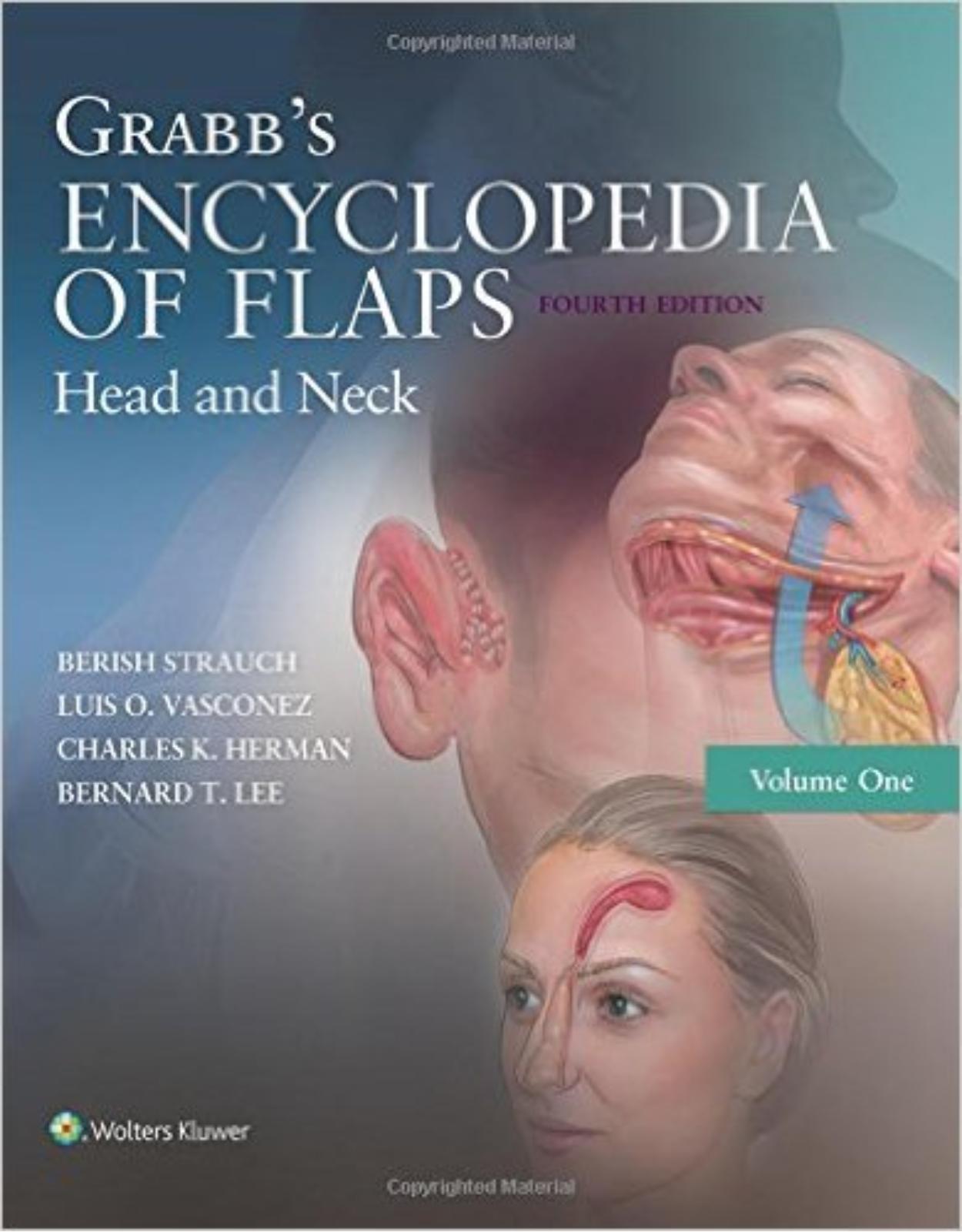
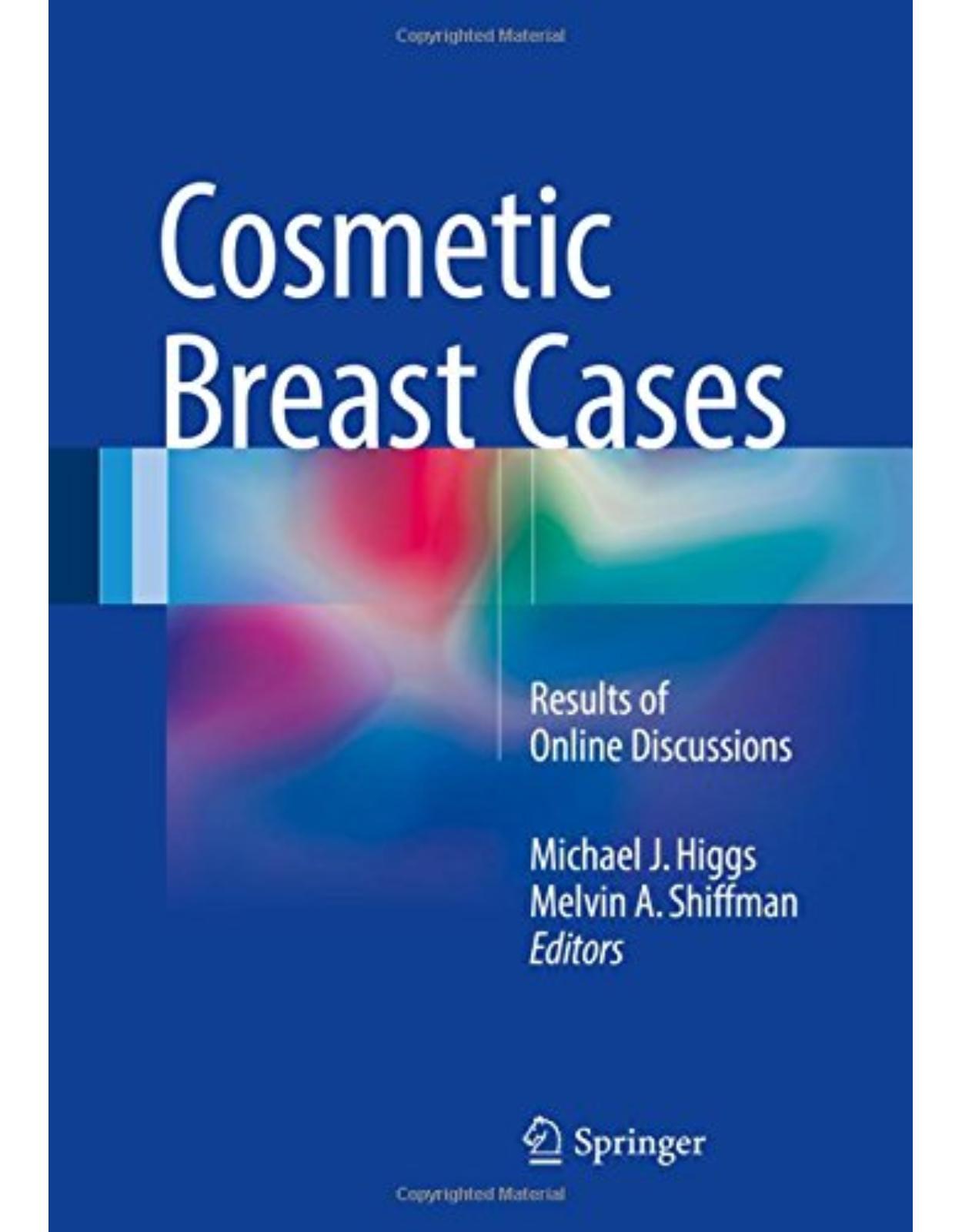
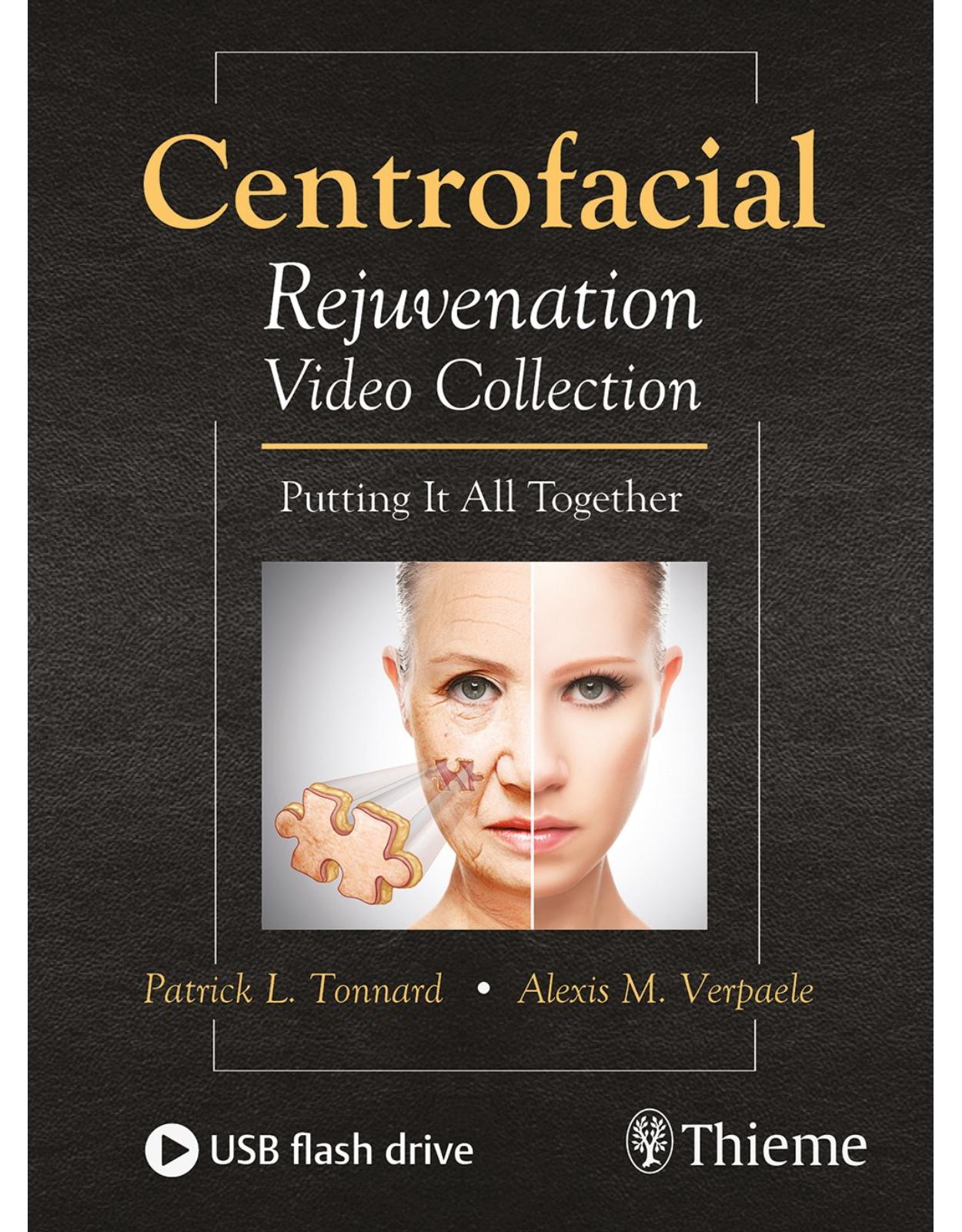
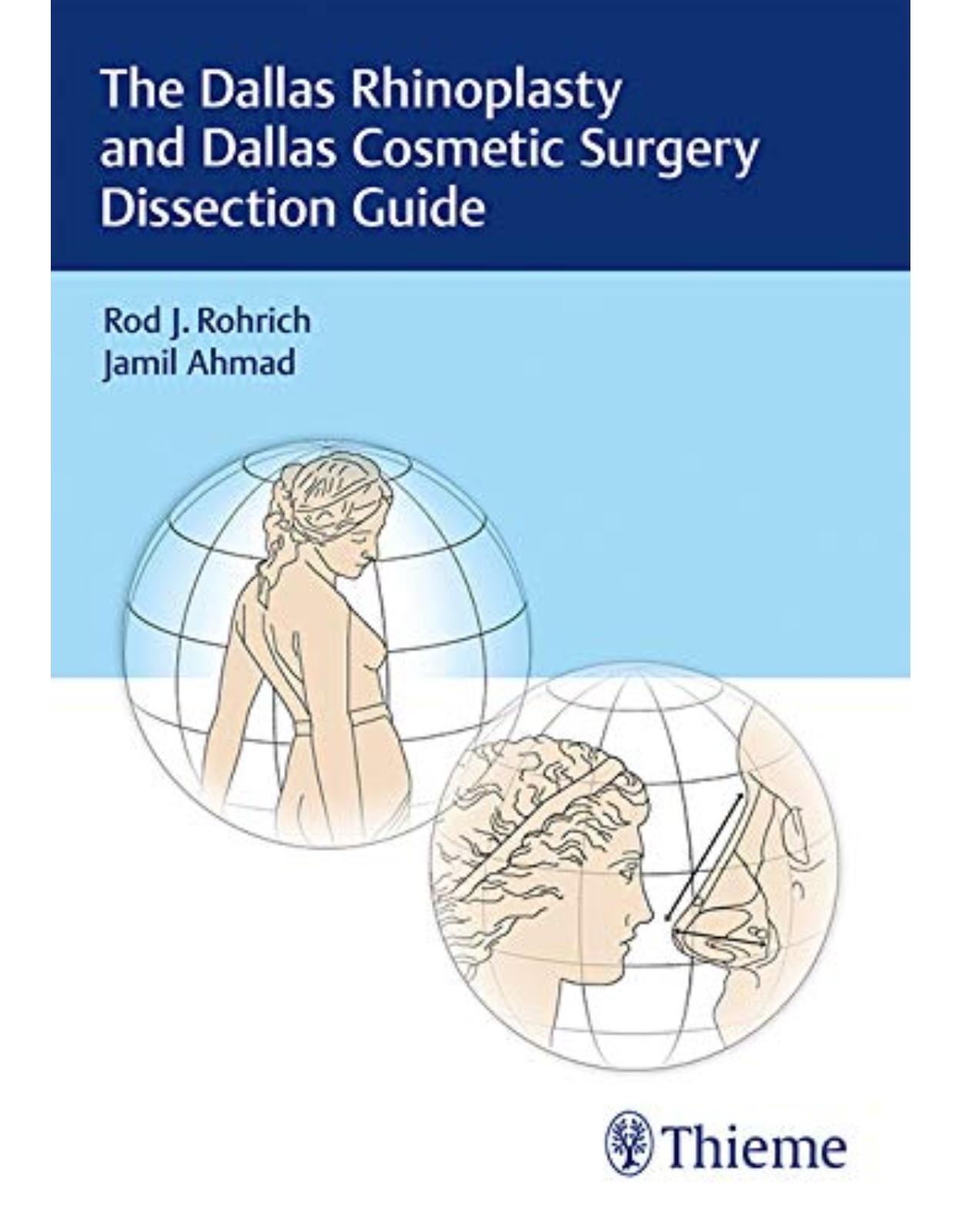
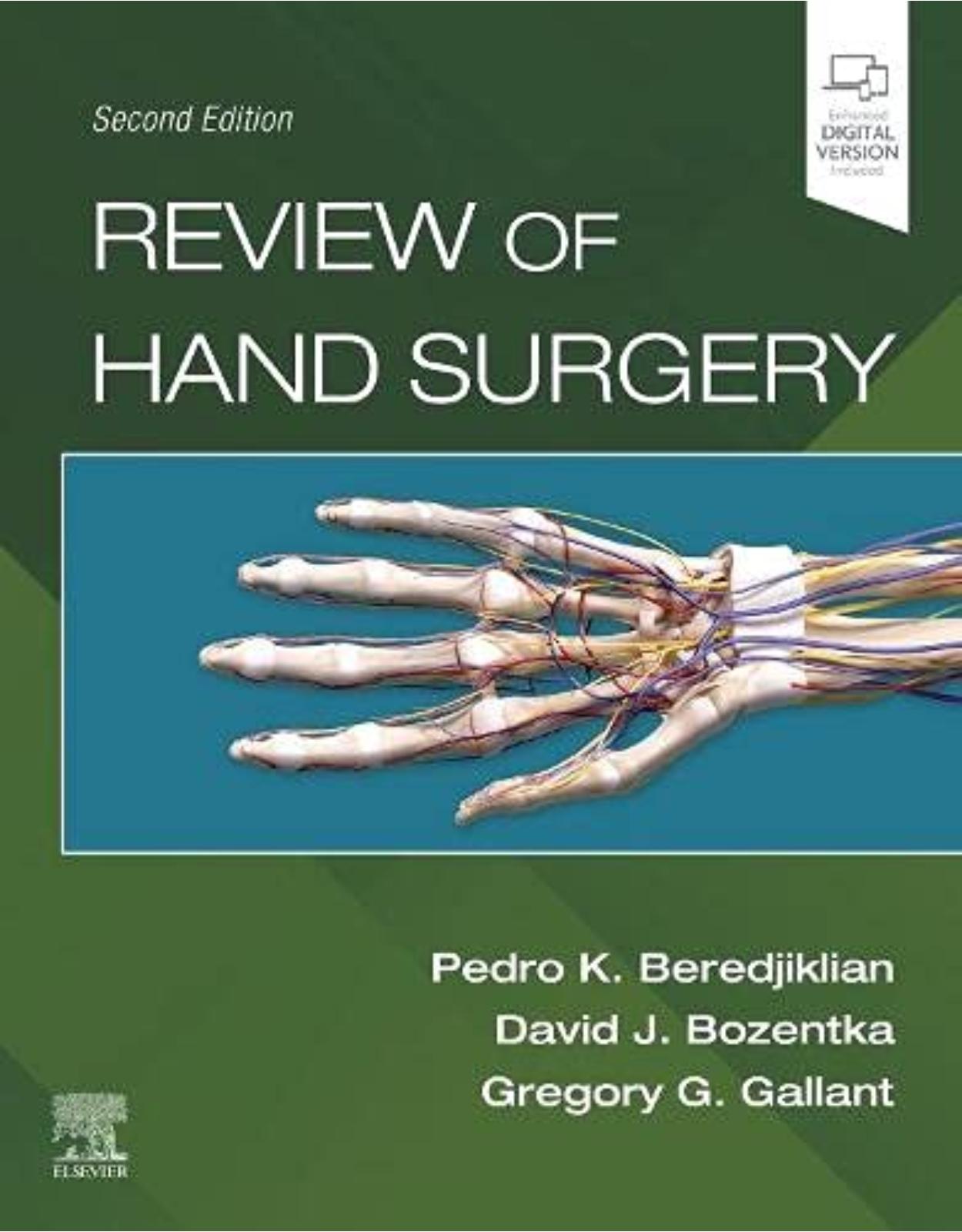
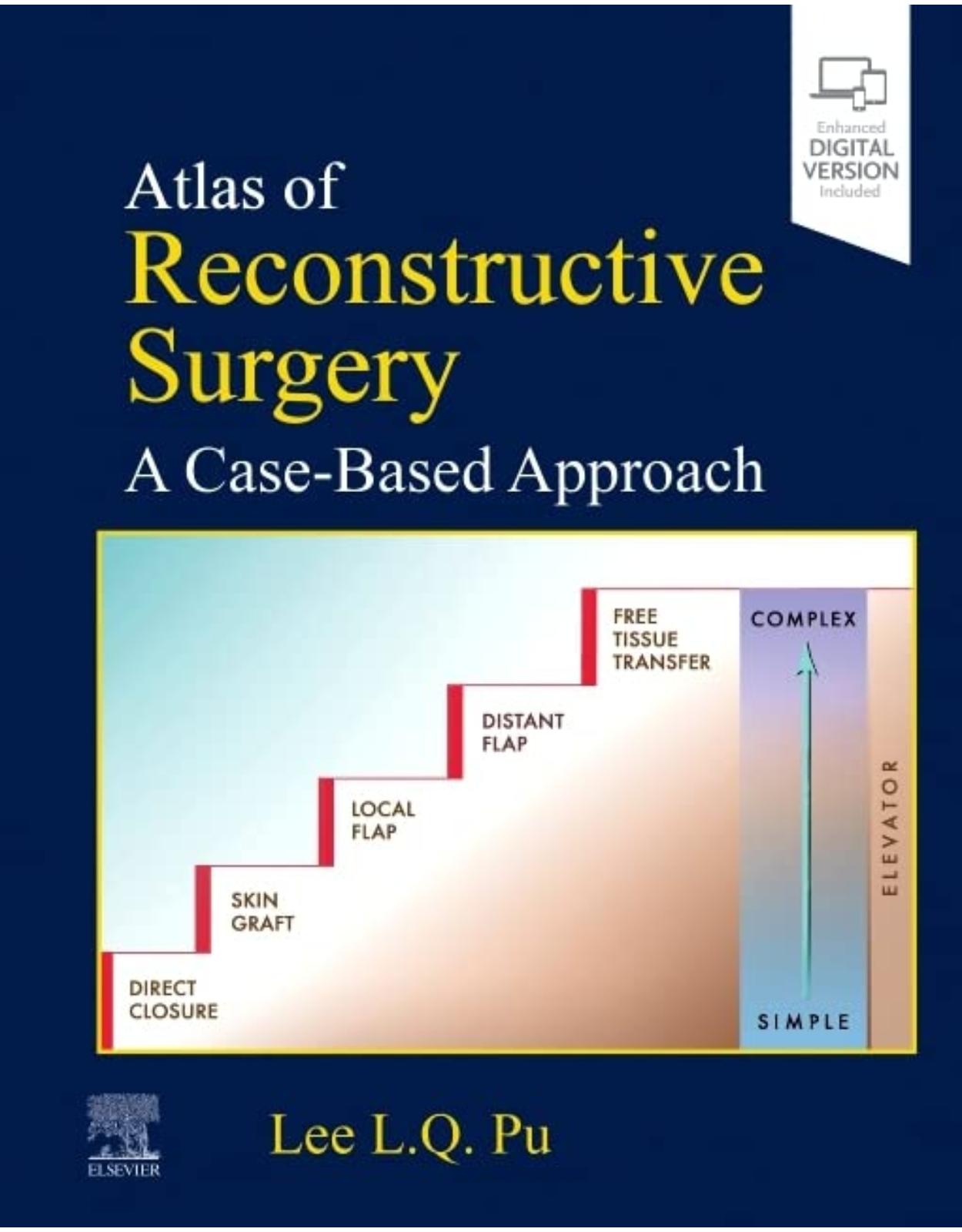
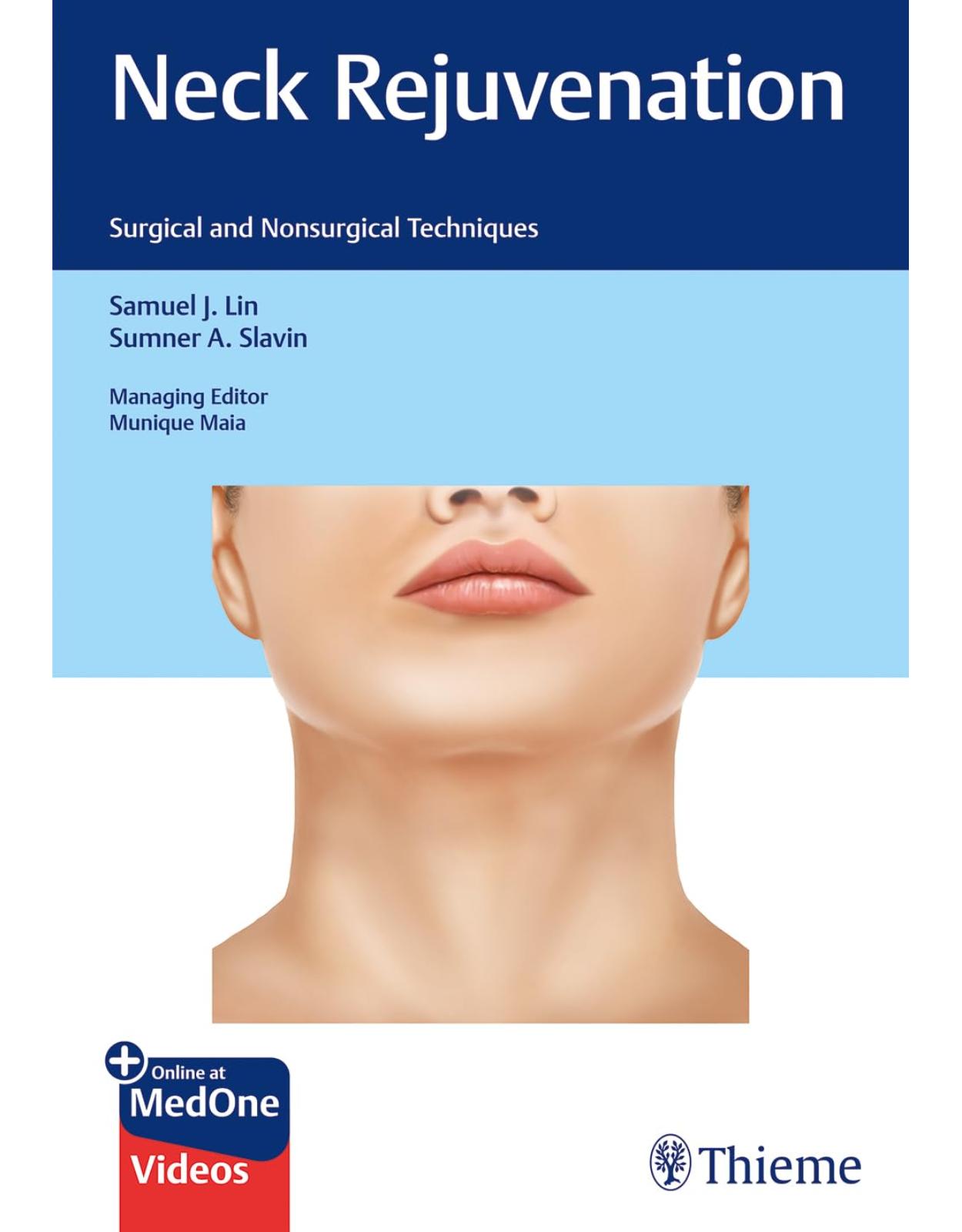
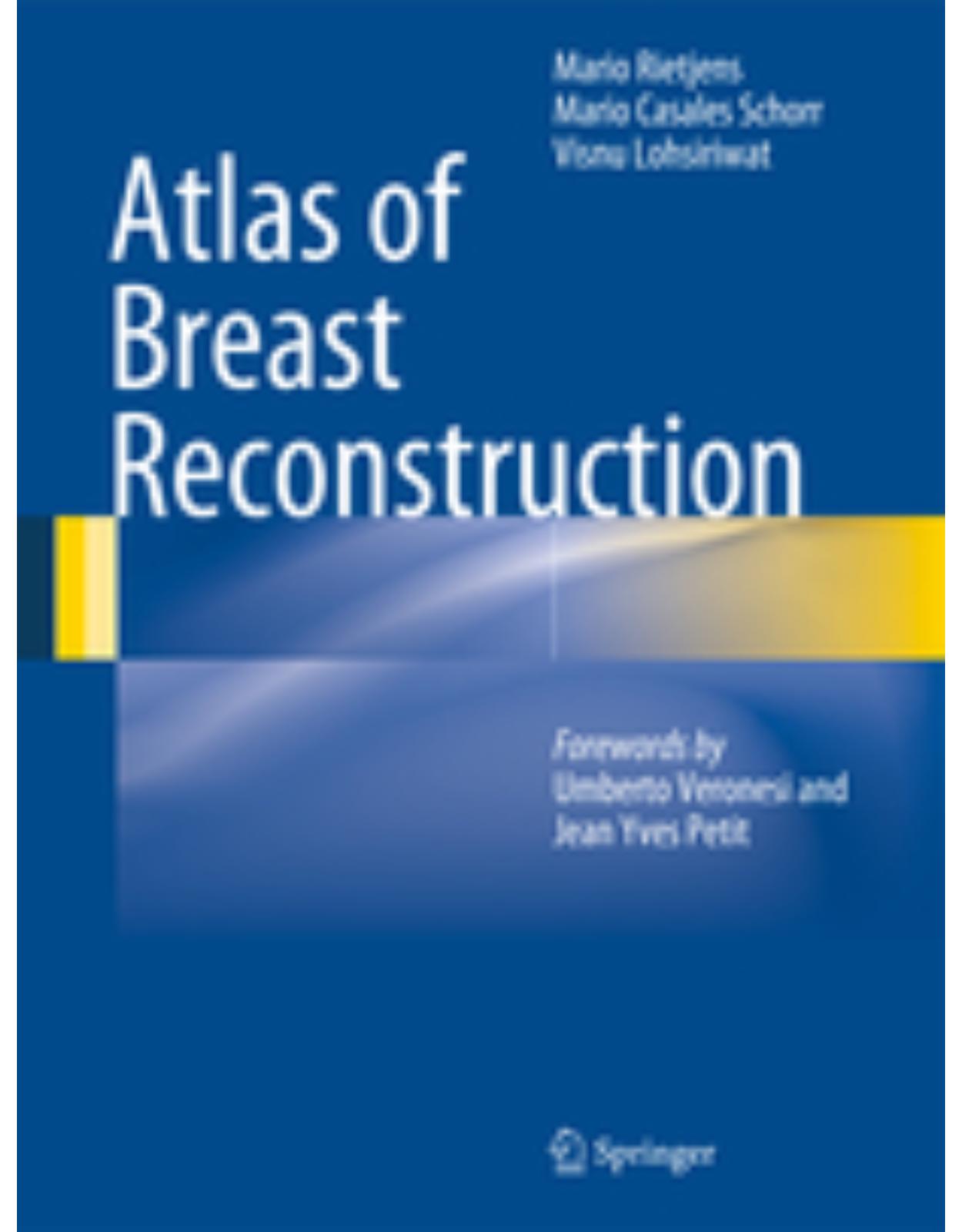
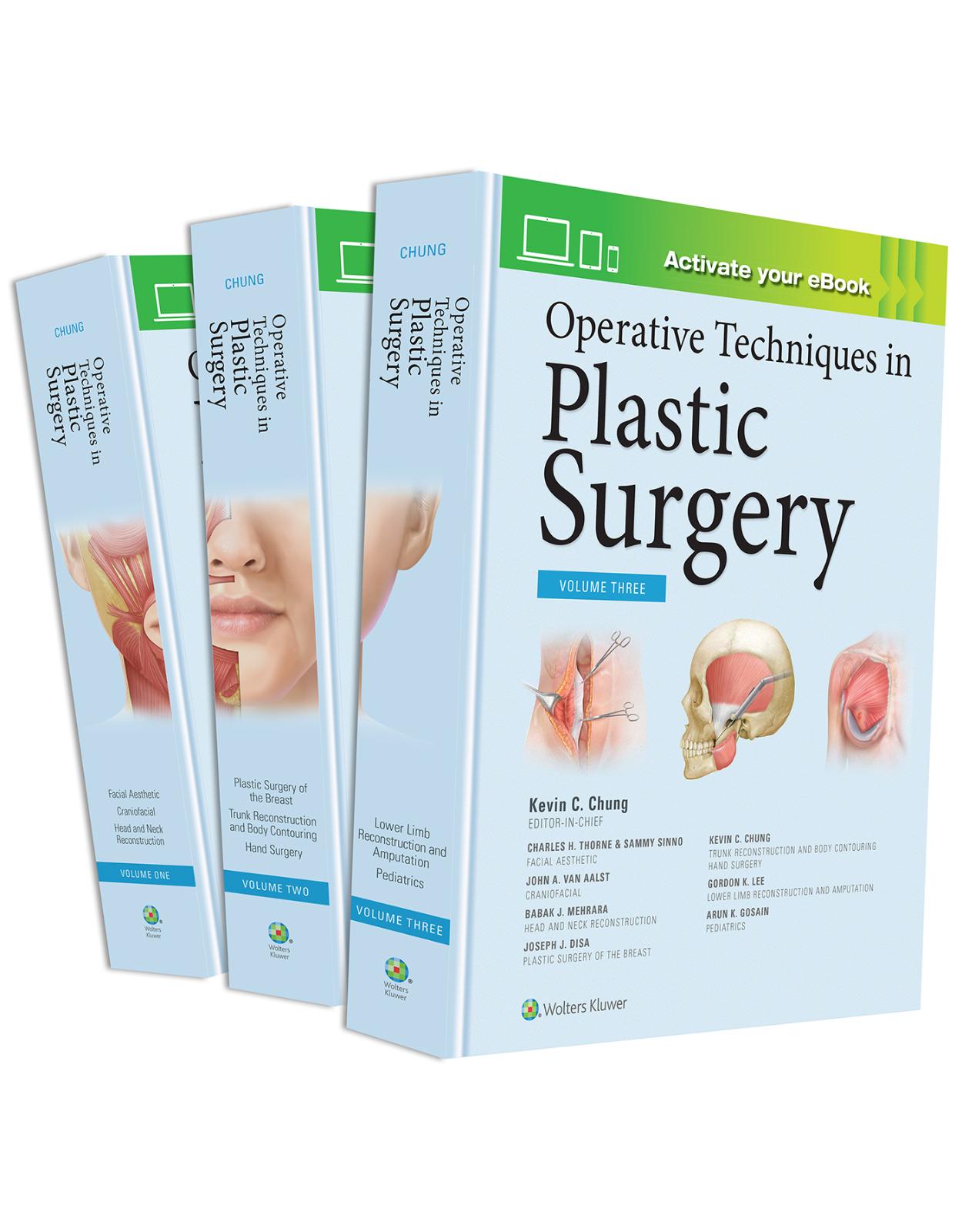
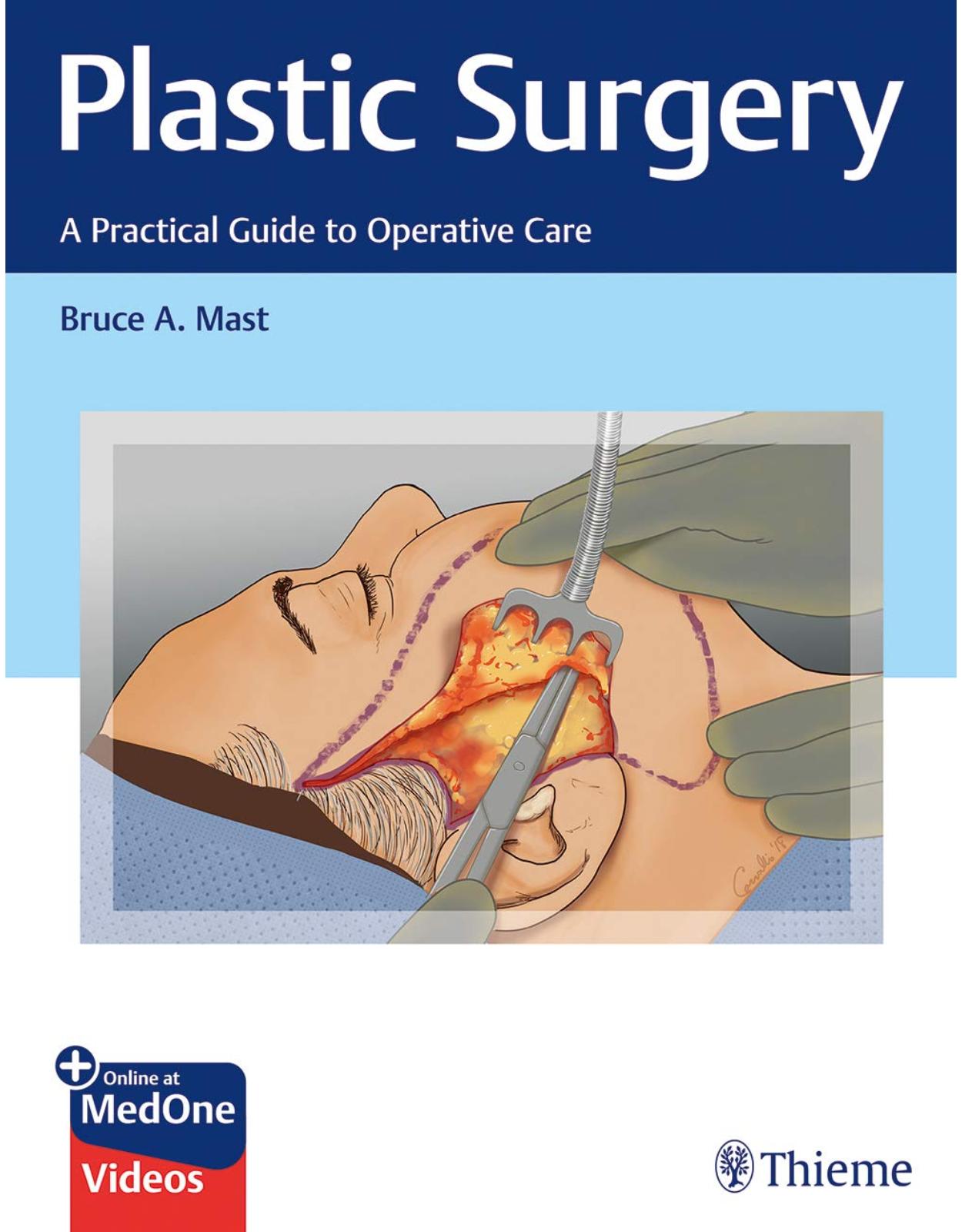

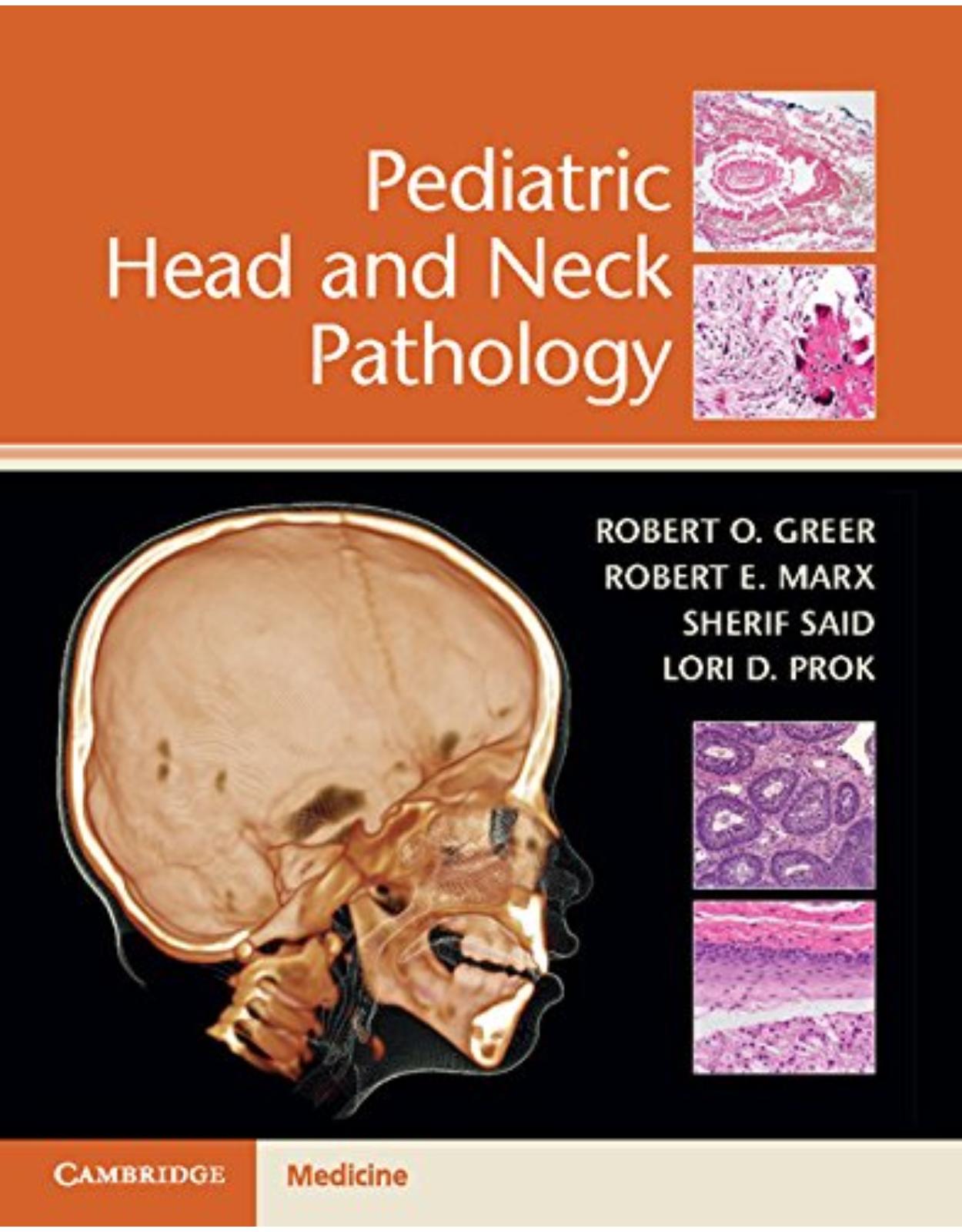


Clientii ebookshop.ro nu au adaugat inca opinii pentru acest produs. Fii primul care adauga o parere, folosind formularul de mai jos.